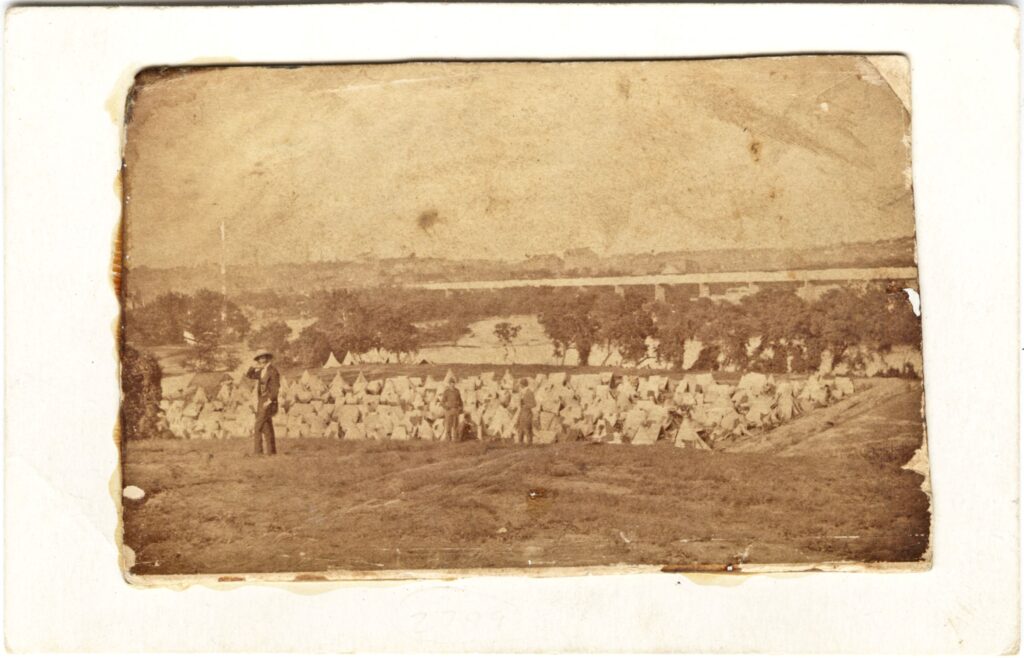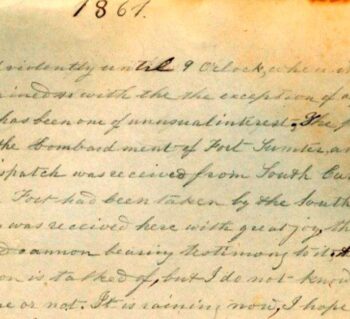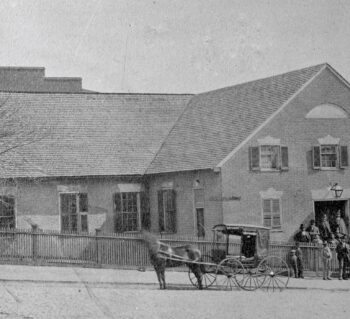
Belle Isle Prison

Conditions in the Belle Isle Prison camp killed almost one thousand Union soldiers during the Civil War.
By Valentine Museum Staff
The fictional, Halloween-inspired terror of zombies and monsters seems quaint in comparison to the very real horrors of war that have unfolded in and around our city. But while we are generally familiar with many of these images, during the Civil War, often soldiers feared prison more than they feared the battlefield. Fifty-six thousand soldiers died in captivity during the four years of conflict. In fact, Richmond was home to one prison in particular that gained a national reputation for its inhumane conditions. While Libby Prison housed captured Union officers, Belle Isle Prison mostly incarcerated common soldiers.
By the summer of 1862, Richmond had become overpopulated with prisoners of war. In response, the Confederate government purchased Belle Isle. The 54-acre island was meant to be a temporary solution, and so no structures were actually built. Three-foot-high earthworks enclosed a 6-acre space. It was all that was needed, as the surrounding rapids served as a good deterrent against escape. Prisoners lived in flimsy pole tents—10 men to a tent—without adequate shelter from rain or cold. Officers and guards did have proper quarters nearby. Two months into operation, a new commandant arrived to oversee operations. His name was Captain Henry Wirz, a doctor with a reputation for strictness who only made things worse.

Under Wirz, all prisoner privileges were revoked. Within a year, the population of Belle Isle Prison grew to double its capacity. Approximately 7,000 men, still living in tents, suffered through a brutal 1863 winter. In December, a smallpox outbreak added to the misery as an estimated 14 men froze to death each night.
Dysentery, typhoid and pneumonia raged through the prison population. Additionally, as supplies in Richmond deteriorated due to blockades, rations dwindled to starvation portions. Conditions became so bad that the Northern media began using the prison as a propaganda tool against the Confederates.
Of the 20,000 men incarcerated there, almost 1,000 died at Belle Isle, which was only in operation for 18 months. At its most crowded, 10,000 Union soldiers inhabited the 6-acre space—a tenth of the island’s actual size—at one time. In February 1864, the temporary prison finally closed, and its remaining population was transferred to Andersonville, Georgia. Nearly all the transferred men weighed under 100 pounds at the time. Wirz followed them to command the new facility. There, 13,000 Union soldiers would die under his supervision, far more than on any single battlefield during the war. Afterward, Wirz became the only Confederate charged with war crimes during the Civil War and was eventually executed for his cruel treatment of prisoners.
Need to cite this?
| Authors | Valentine Museum Staff |
|---|---|
| Work Title | Belle Isle Prison |
| Website | https://thevalentine.org |
| Published | October 11, 2023 |
| Updated | October 19, 2023 |
| Copyright | © 2024 The Valentine Museum |


